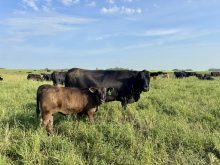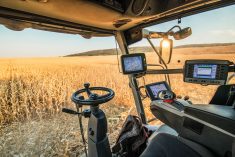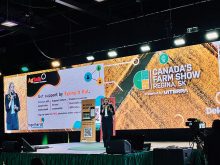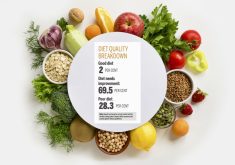Imagine a finishing barn where each pig receives exactly the right amount of nutrients each day to optimize its growth, maximize the efficiency of nutrient use and minimize the excretion of waste. A barn where sophisticated feeding equipment identifies each pig and delivers a precise dose of blended feed using complex mathematical models to predict the pigs’ requirements. A barn where feeding costs are slashed due to the use of such technology.
This was the vision described by Agriculture and Agri-Food Canada researcher Dr. Candido Pomar at the recent Banff Pork Seminar.
Read Also
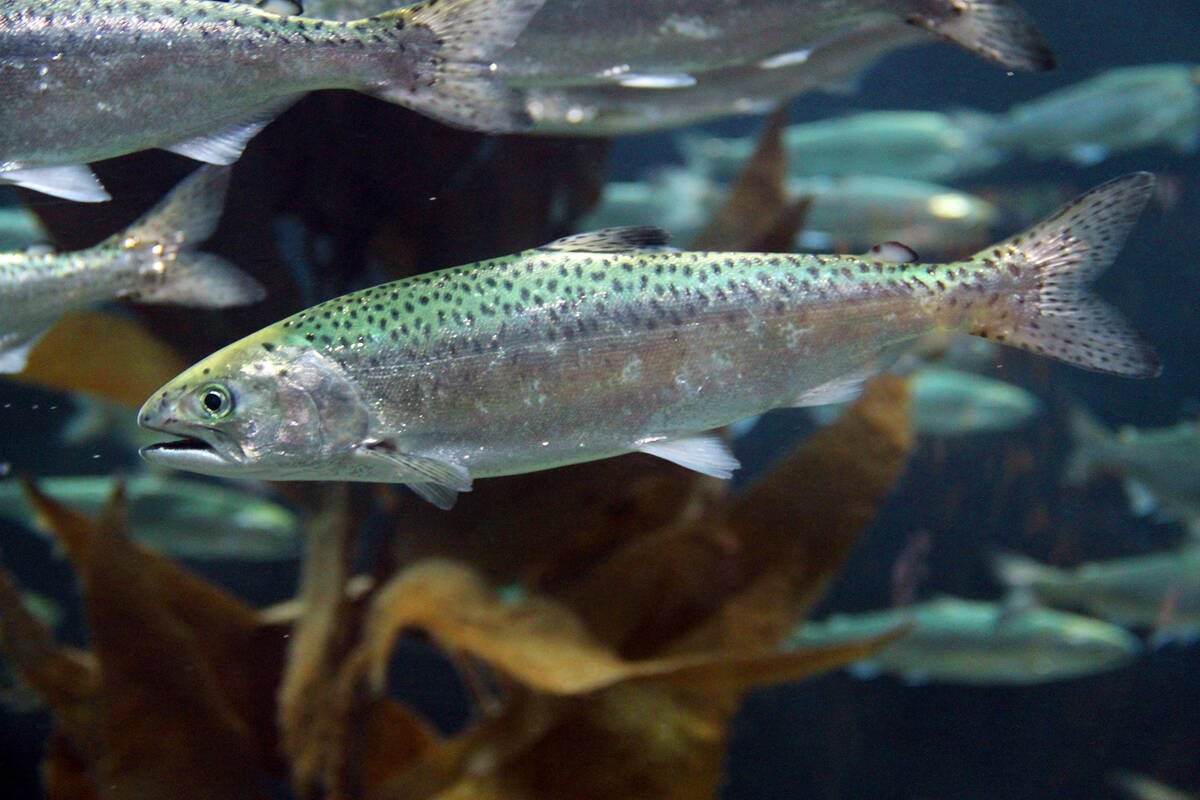
Canadian aquaculture wants farming treatment
Canada’s fish farms want to switch federal portfolios to be under Agriculture and Agri-Food Canada’s eye rather than Fisheries and Oceans Canada’s thumb and be able to grow production.
In current grow-finish operations, feeding programs are designed to optimize the response of a group of pigs, however nutrient requirements vary greatly between individual pigs and requirements change over time, also on an individual basis.
“To optimize population responses, nutrients are provided at levels that satisfy the requirements of the most demanding pigs in the group, with the result that most of the pigs receive more nutrients than they need to express their growth potential,” Pomar said. “This is because, for most nutrients, underfed pigs will exhibit reduced growth performance and overfed ones will exhibit near-optimal performance.”
“Precision feeding is based on the fact that animals within a group differ from each other in terms of age, weight and production potential and, therefore, each has different nutrient requirements,” Pomar said. “It involves the use of feeding techniques that allow the right amount of feed with the right composition to be provided at the right time to each pig in the group.”
Commercially, phase feeding is used to adjust the supply of nutrients to meet the calculated requirements of a group of pigs, based on their weight and gender. This involves feeding a number of successive diets, each differing in protein, energy or amino acid content, to match the requirements of the pigs, normally at the beginning of each feeding phase. The more diets that are fed, the more precisely the nutritional requirements of the group can be met, although normally the number of diets is limited by practical considerations. However, phase feeding typically only meets the requirements of 20 per cent of the pigs in a group with any degree of precision.
Precision feeding
Precision feeding overcomes the limitations of feeding systems in which optimal dietary nutrient levels are predetermined for specific feeding phases, according to Dr. Pomar. The precision-feeding concept requires the exact nutrient requirement of each animal to be determined.
Clearly, this is affected by a wide range of animal, environmental and management factors, meaning that complex mathematical modelling is needed to simulate growth and estimate nutrient requirements.
“The proposed system automatically collects real-time individual feed intake and body weight information and this information is used to estimate optimal nutrient concentration of diets to be given daily to each pig in the group using new modelling approaches,” Pomar said.
A new automatic and intelligent precision feeder (AIPF) is under development at the University of Lleida, Spain, in collaboration with Agriculture and Agri-Food Canada. The AIPF identifies each pig that introduces its head into the feeder and then blends two or more premixes to deliver small meals providing the estimated optimal nutrient concentration.
In a recent simulation experiment, pigs were fed ad libitum either according to a typical three-phase feeding program or fed individually with daily tailored diets such as could be provided using precision-feeding techniques.
“Feeding pigs with daily tailored diets reduced N and P intake by 25 per cent and 29 per cent respectively and the corresponding excretions were both reduced by more than 38 per cent,” Pomar said. “Feeding costs were estimated to be reduced by more than $8/pig.”
However, the highest-performing pigs in the group received more protein and P when fed with daily tailored diets than when fed in the three-phase feeding program.
Record nutrient intake
The feeding system will know past nutrient intake and growth patterns for each pig, which will enable it to avoid supplying excess nutrients such as protein and P to the pigs and consequently potentially polluting manure constituents.
“The use of advanced computerized technologies also allows remote real-time monitoring of nutrient consumption and pig growth so that the producer can see what is going on wherever he is and make decisions about marketing strategy, for example,” Pomar said. “In addition, by identifying any drop in feed intake, it allows early identification of diseases and precise application of individual treatments, thus improving herd performance and reducing veterinary costs.”
Other options include the ability to manage the supply of nutrients to specific groups of pigs, for example gilts destined for the breeding herd which could be fed higher levels of phosphorus.
Precision feeding would enable producers to manipulate the growth rate and carcass characteristics of individual pigs to meet their production objectives or specific market requirements. The possibilities seem endless and, with the experimental equipment already in use and a commercial-scale prototype being developed, it may not be long before this vision of the future becomes a reality.



